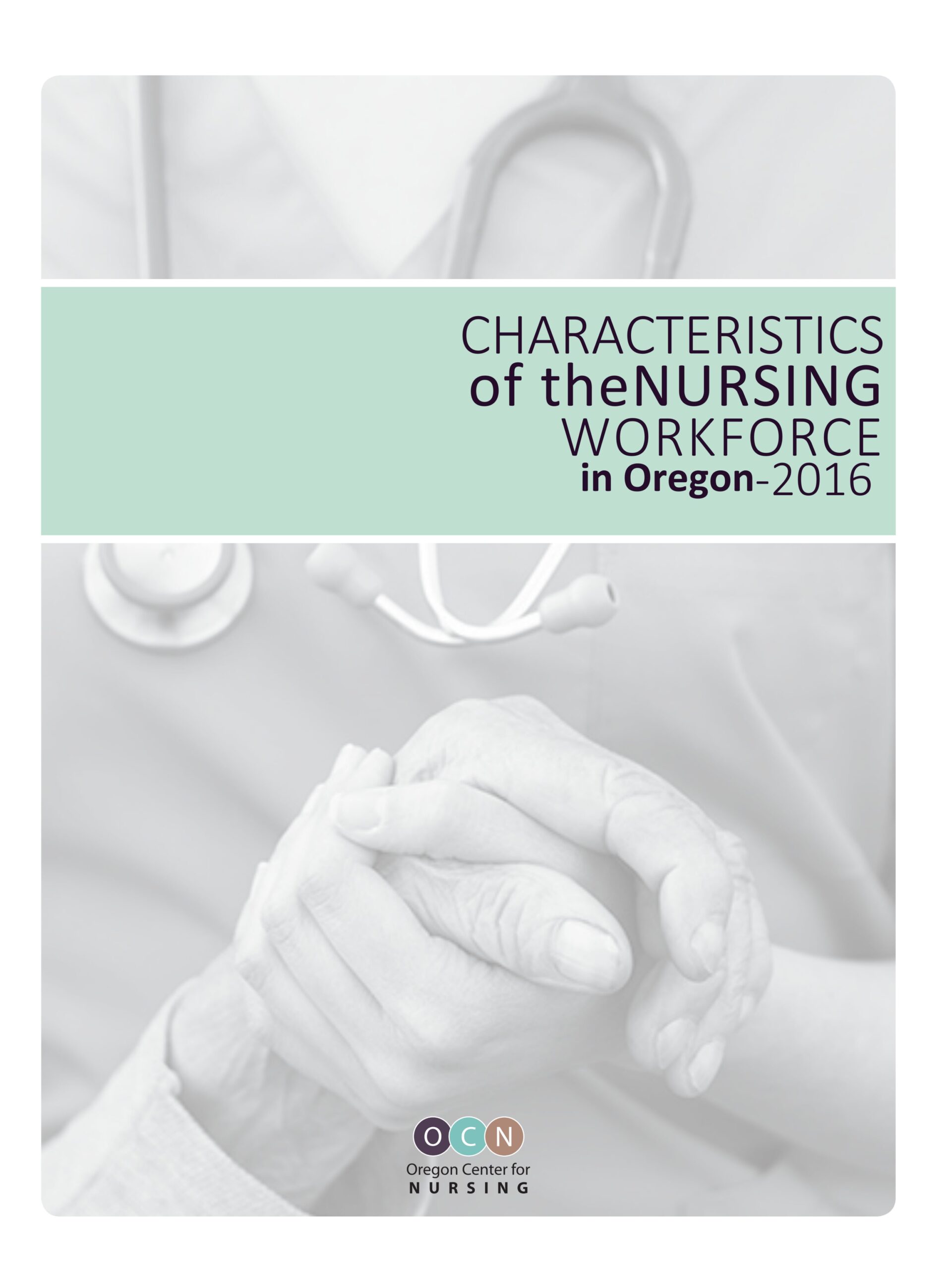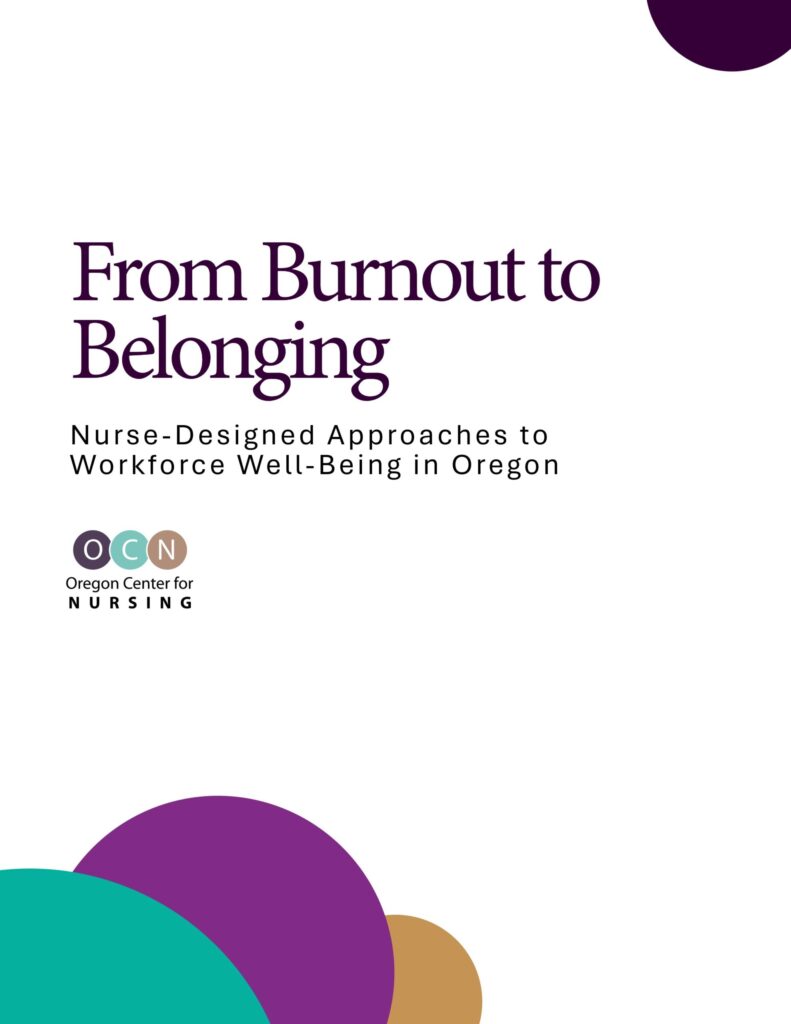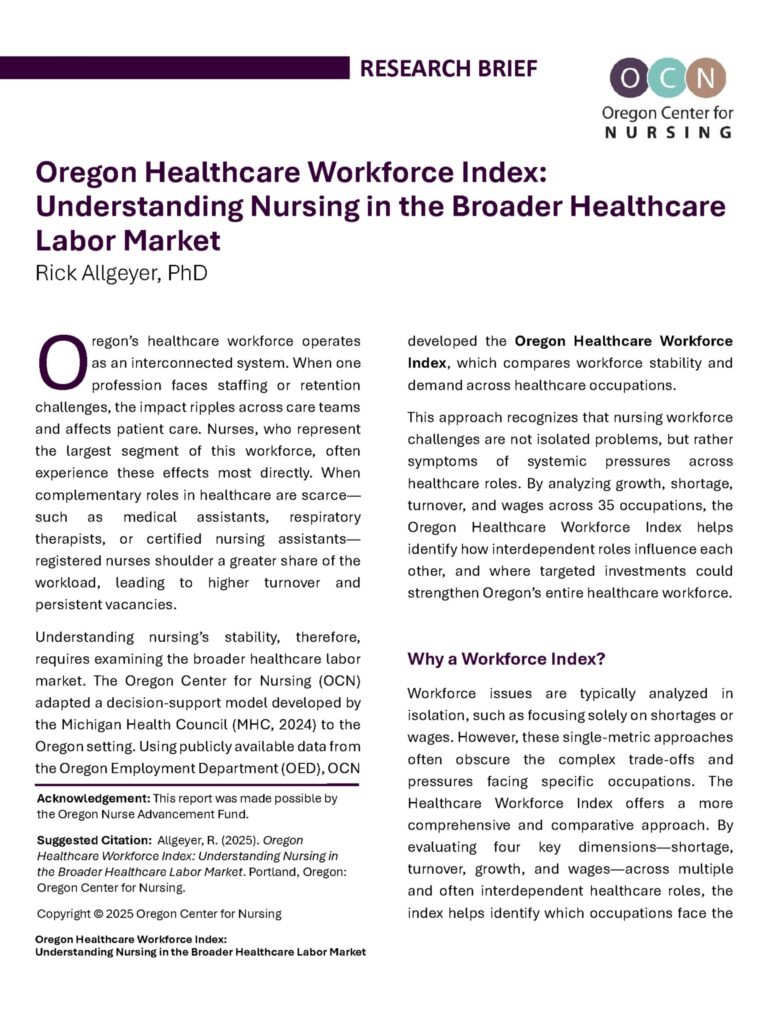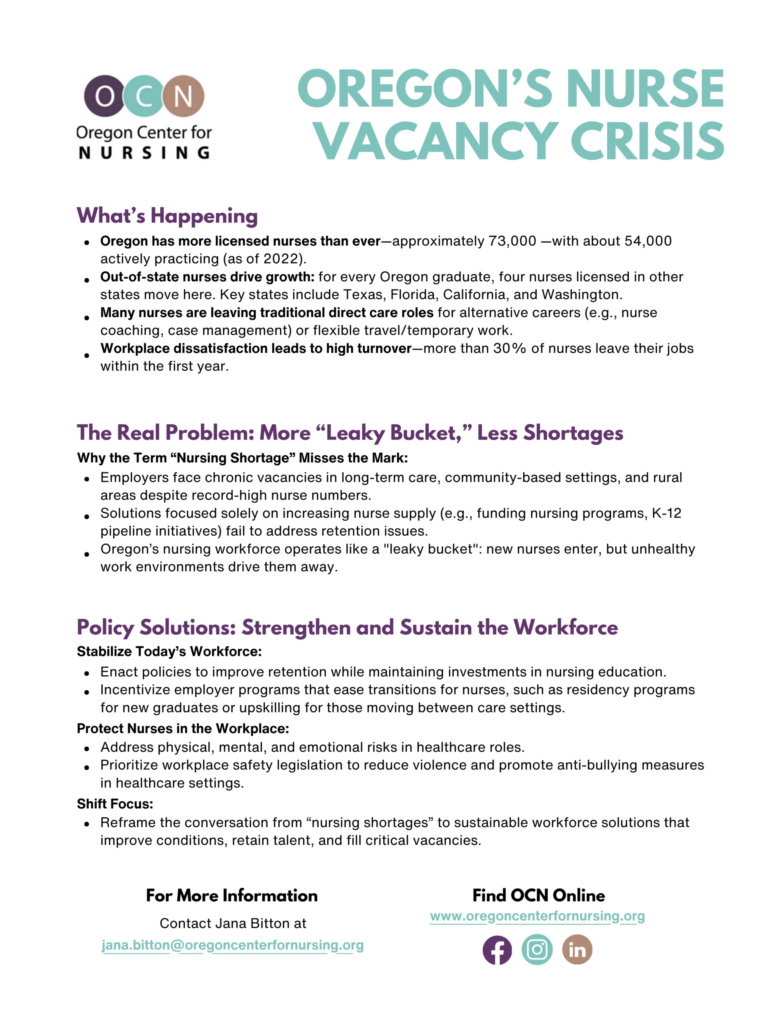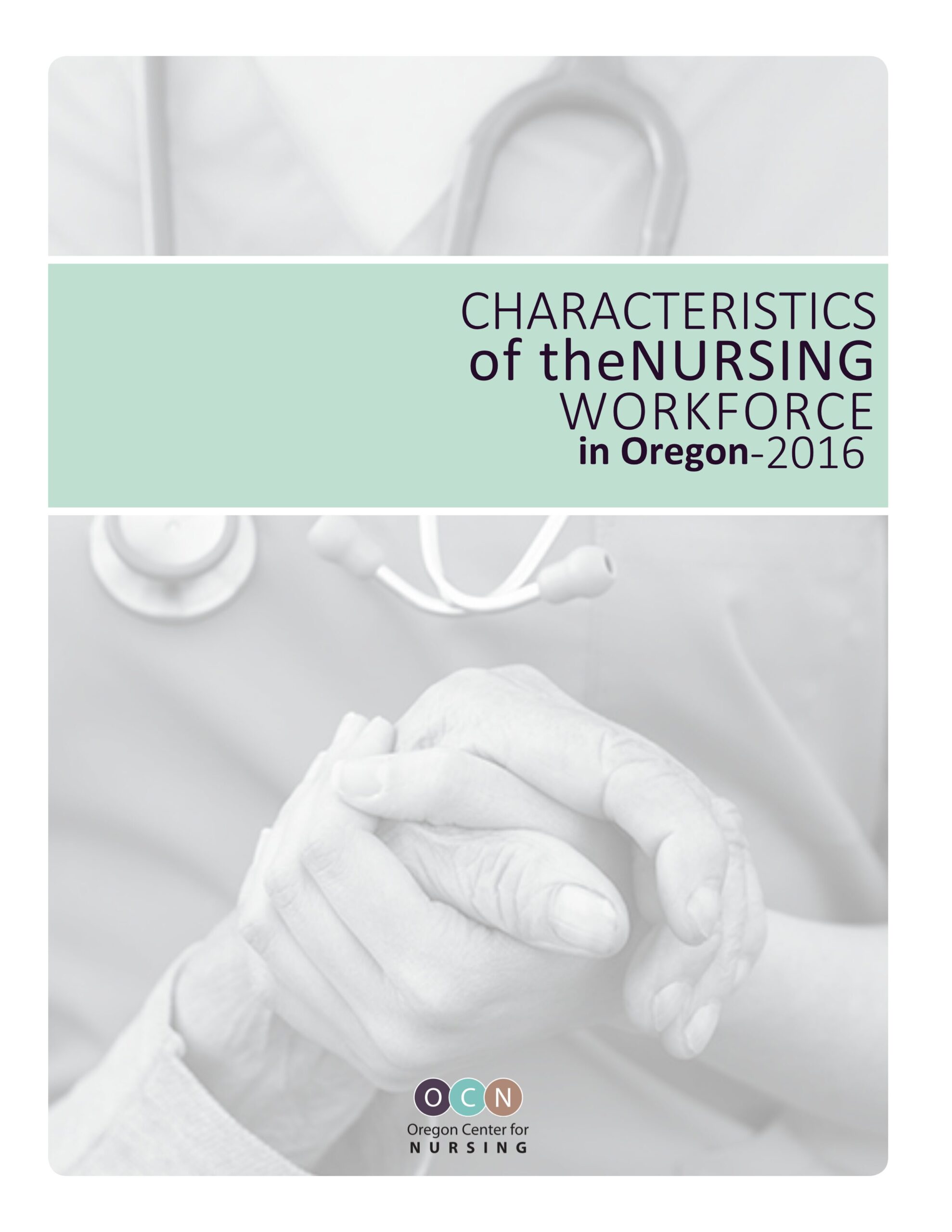
In 2016, Oregon’s nursing workforce exceeded 64,000 practicing professionals and showed signs of becoming younger and more gender-diverse. Despite this, the field faced persistent issues such as educational disparities, retirement trends, and underrepresentation of racial and ethnic minorities, all of which have major implications for workforce sustainability and healthcare planning.

